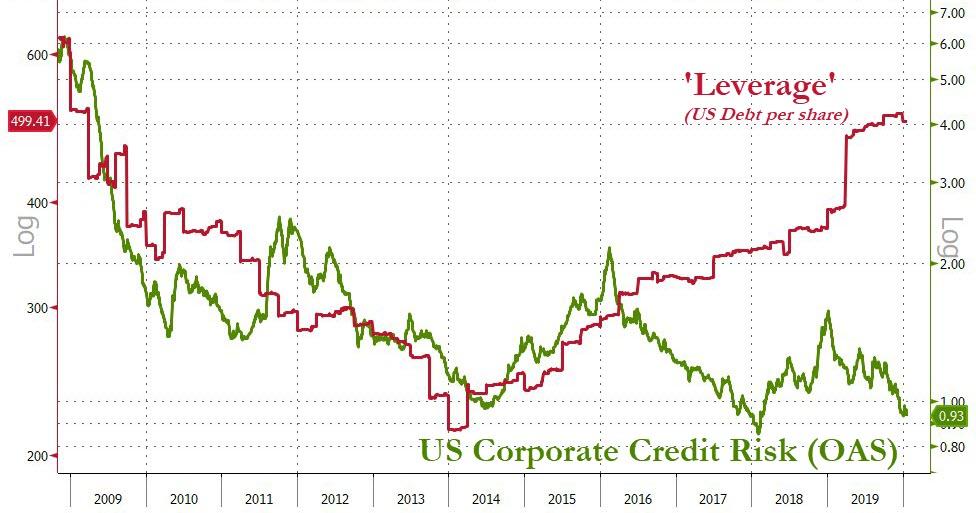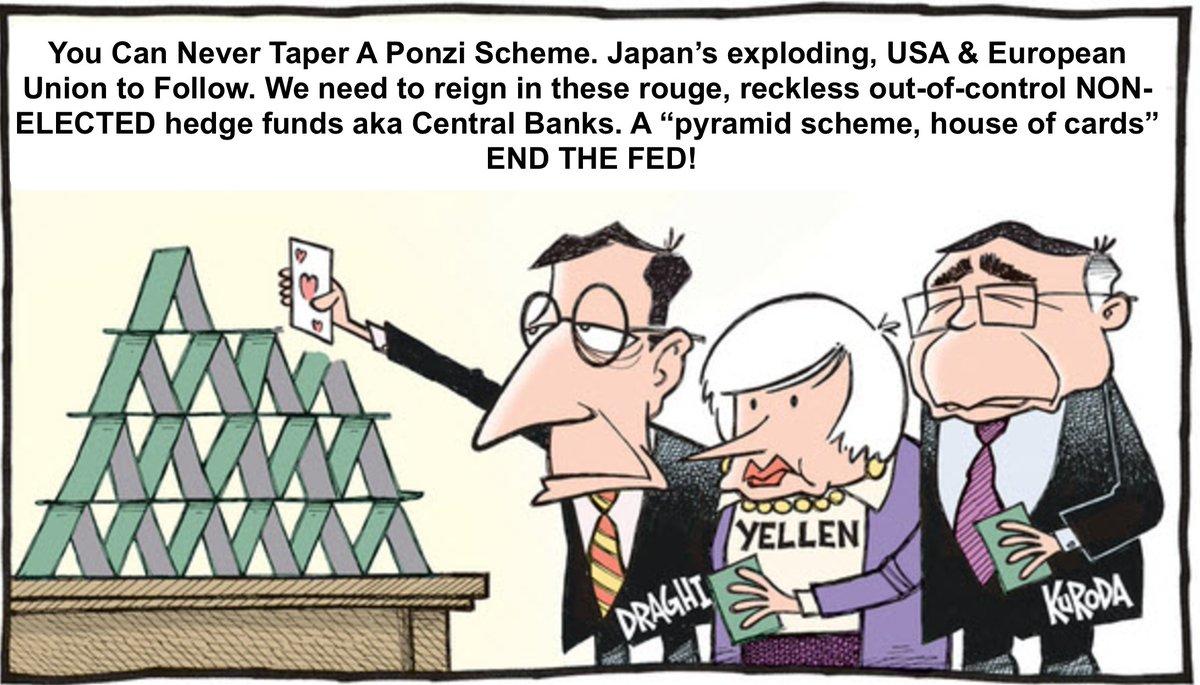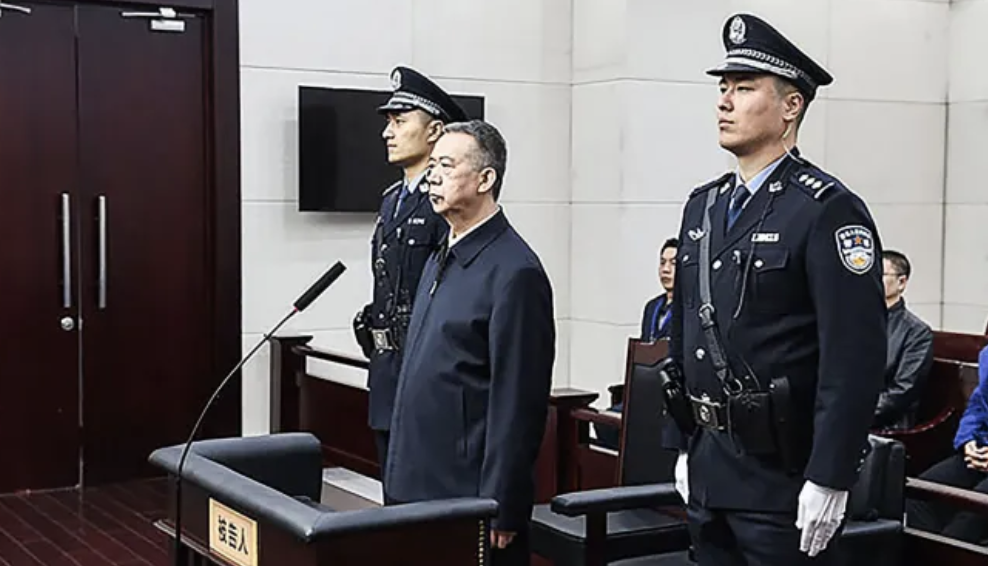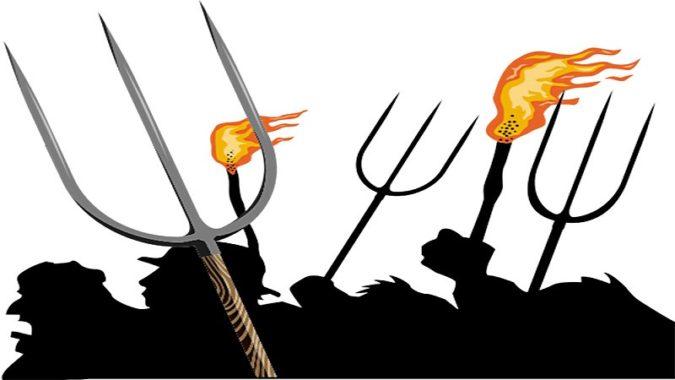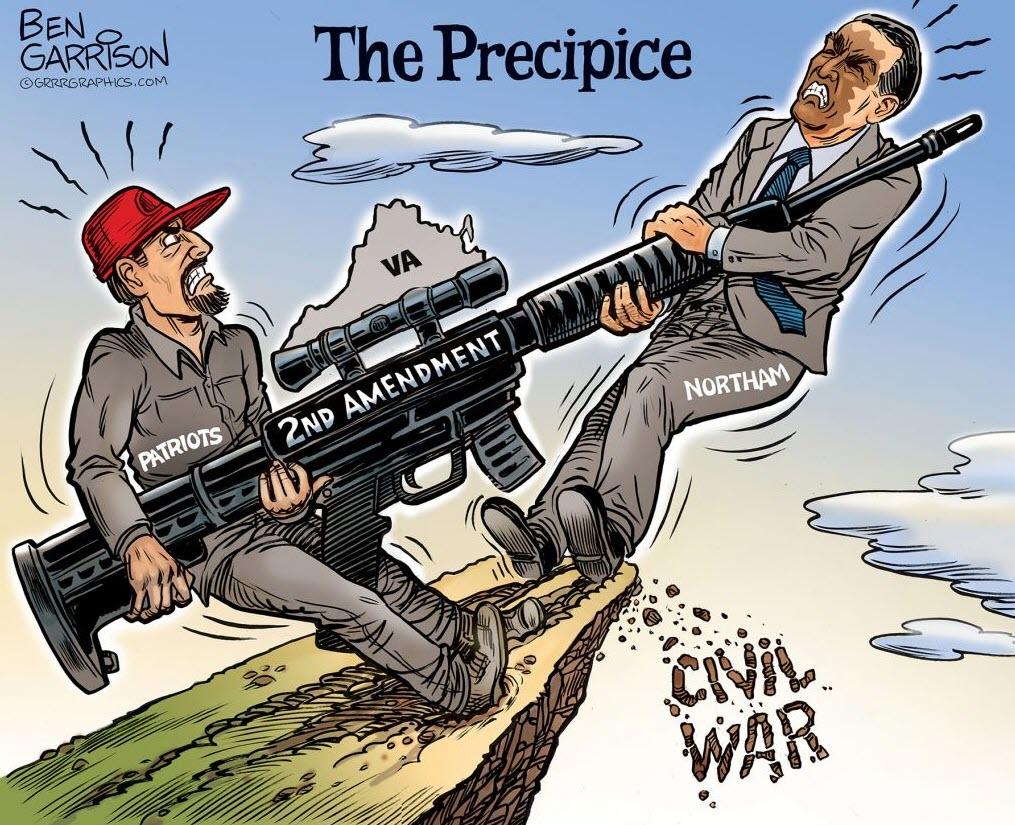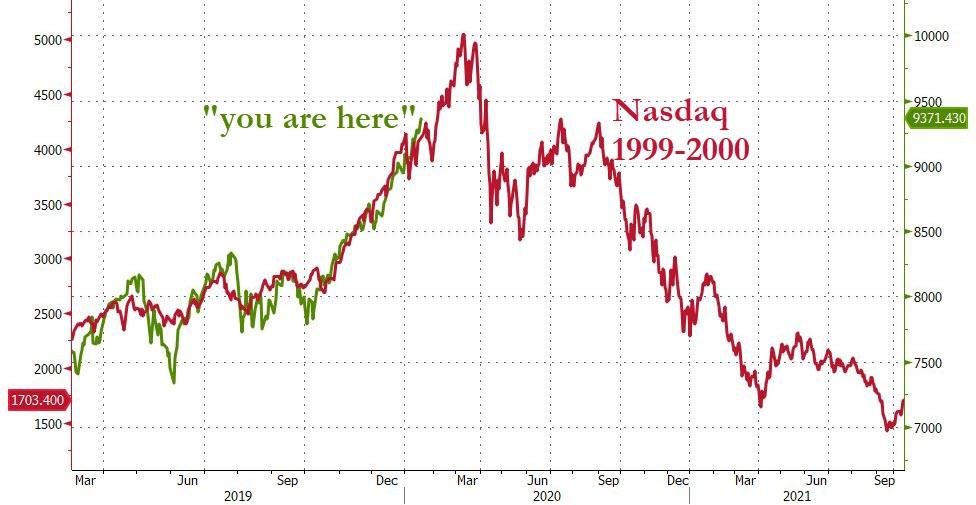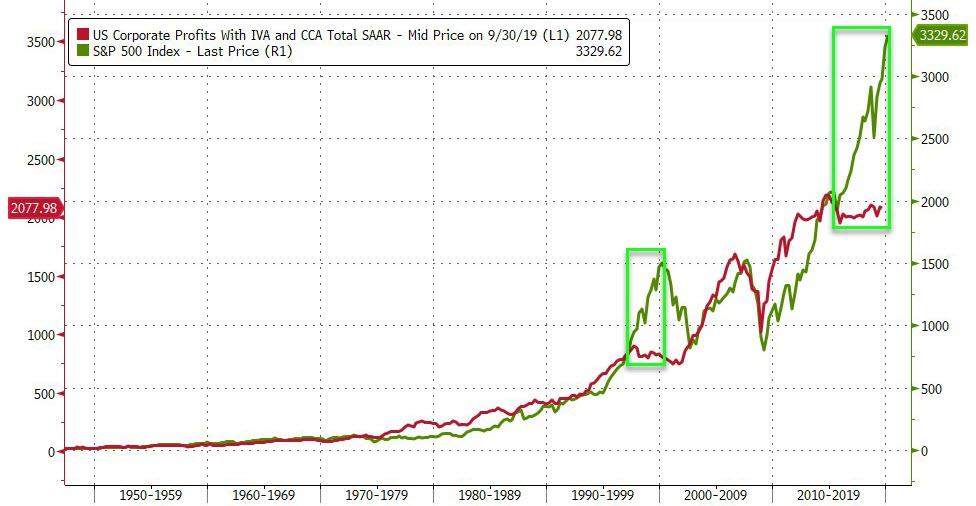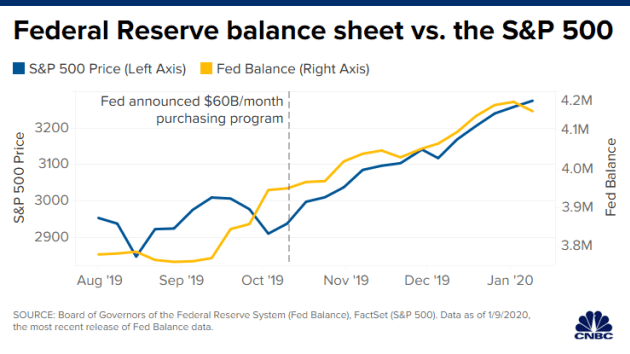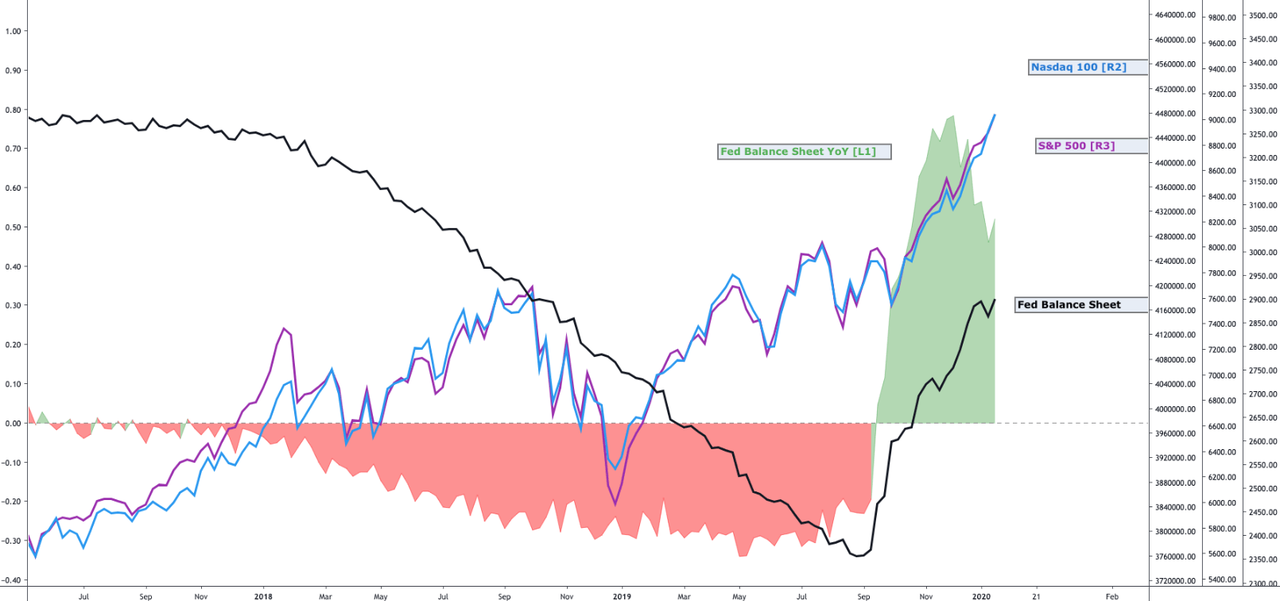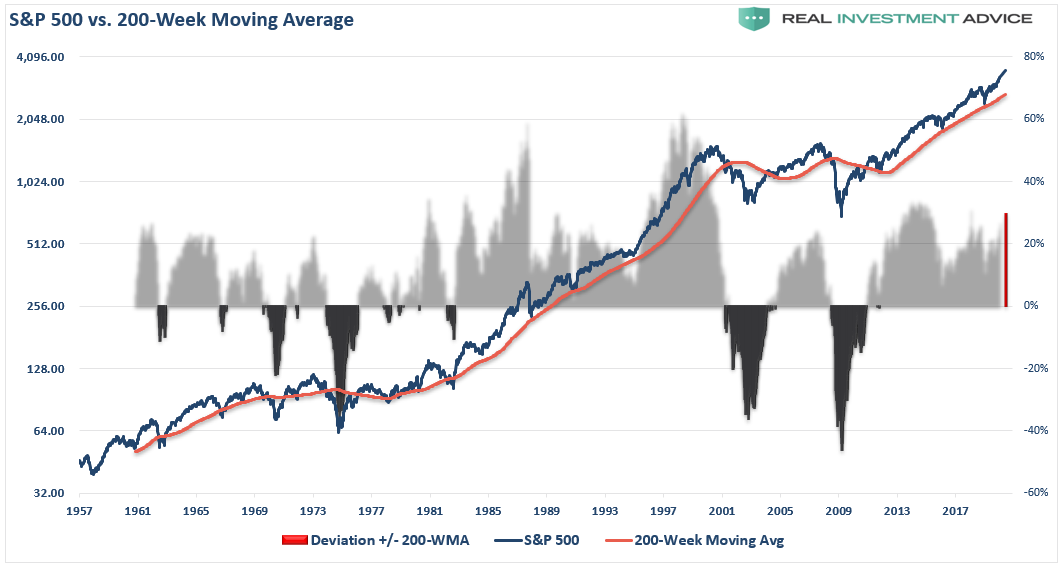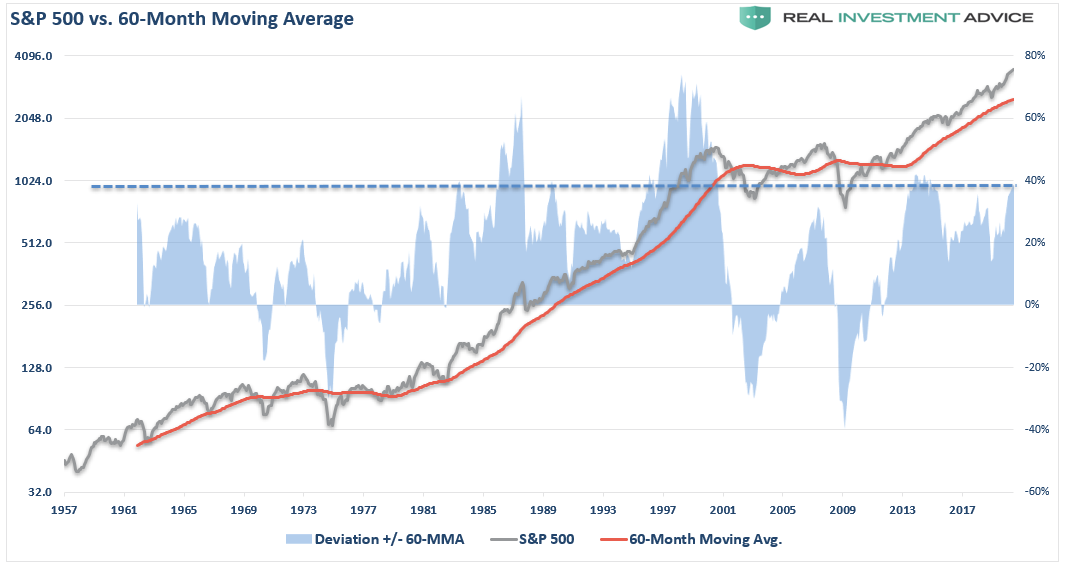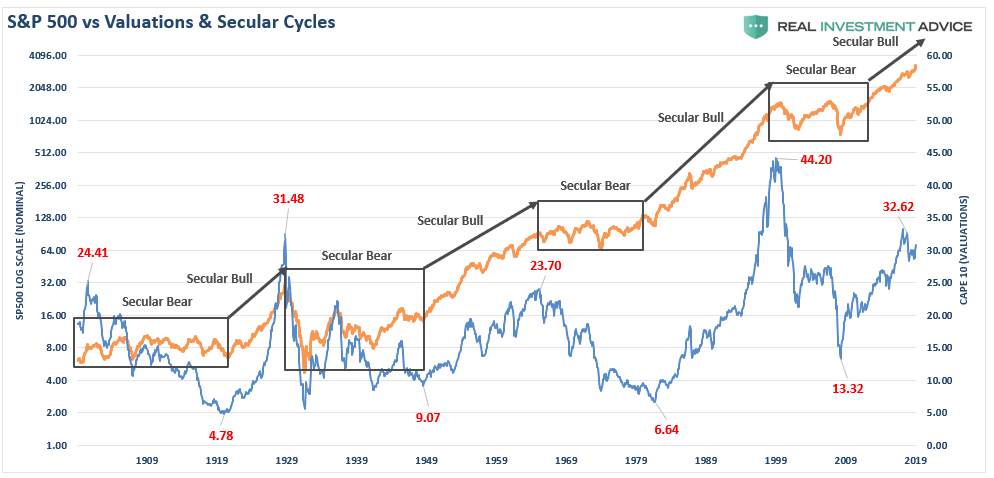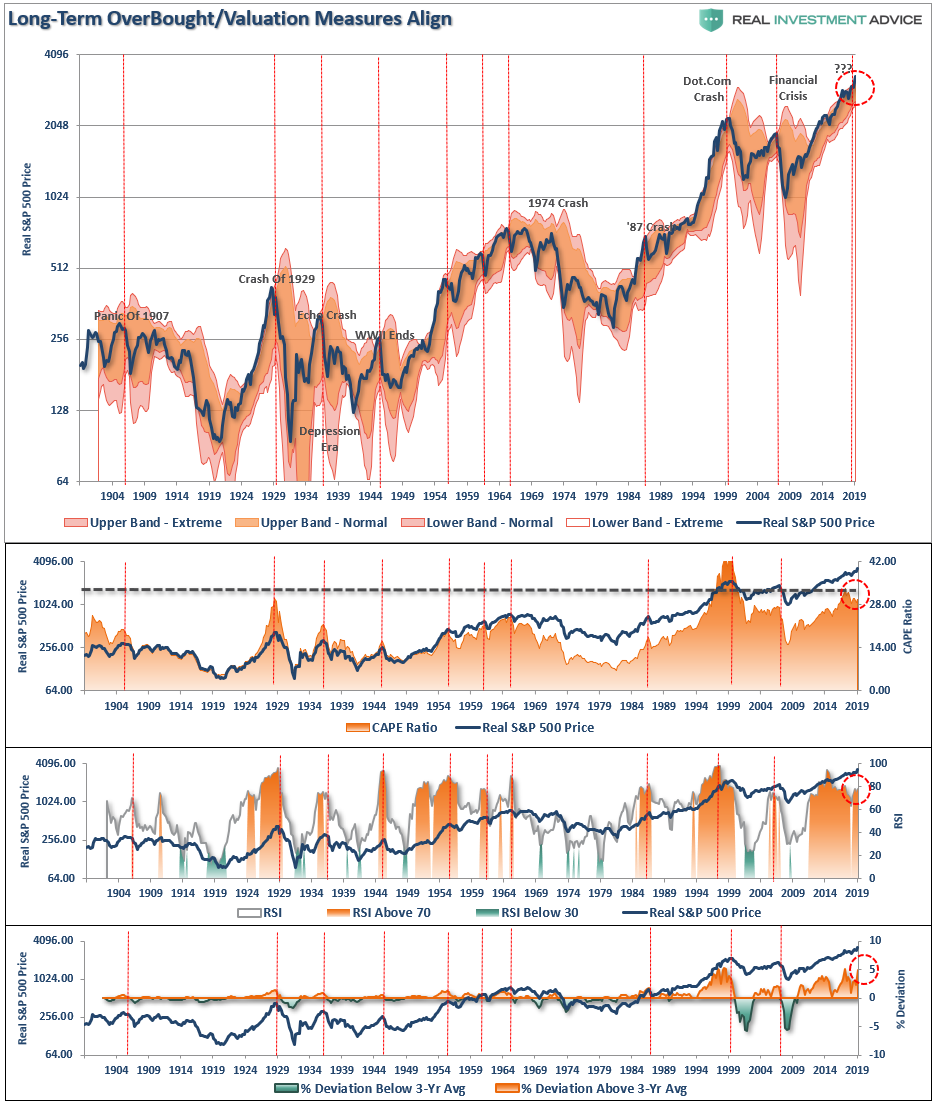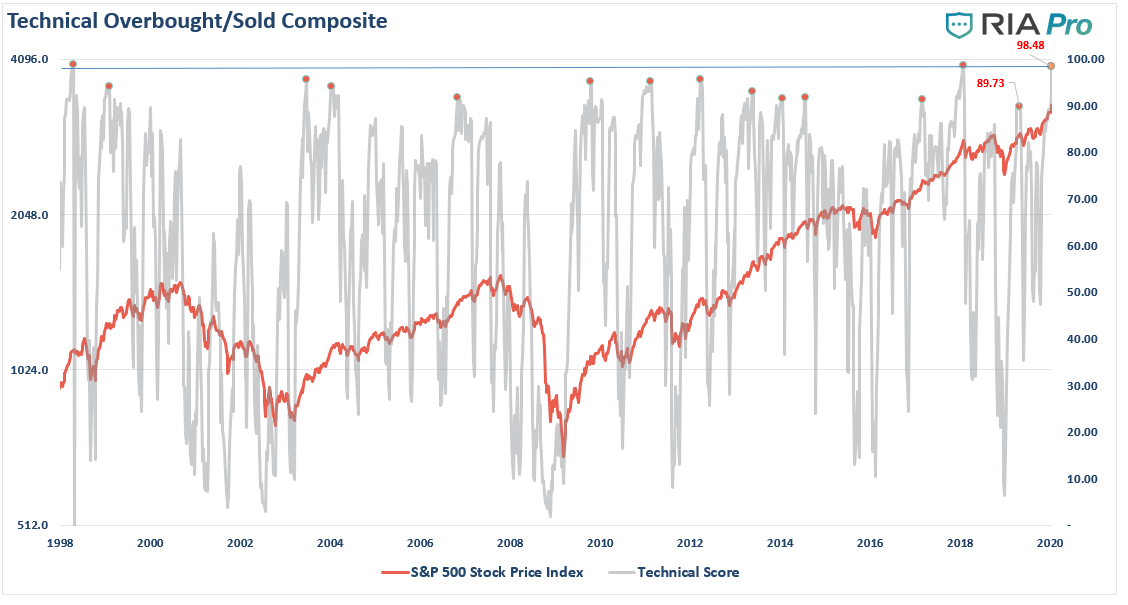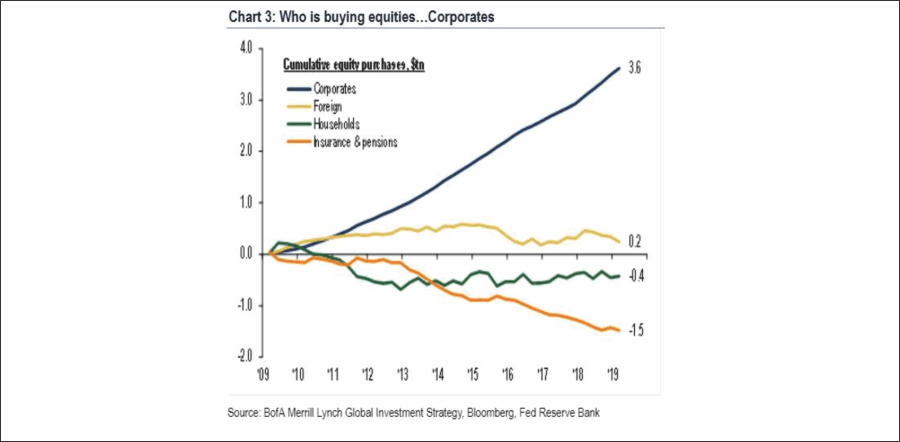On the weekend of January 18, 2019, a short video appeared on Twitter that purported to show a group of Catholic high school boys—one young man, Nicholas Sandmann, in particular—harassing a Native American elder named Nathan Phillips on the steps of the Lincoln Memorial.
One year later, the media’s reckless mishandling of the story stands as an important warning against the kind of agenda-driven, outrage-mongering clickbait that unfortunately thrives in the world of online journalism.
But no less noteworthy was the news cycle that followed the initial flawed coverage, which featured a host of ideologically-motivated partisans doubling down on their initial assumption, digging for new information to justify it, and reassuring themselves that they were right all along. Sandmann and his MAGA hat-wearing friends had identified themselves as members of Team Trump, and thus the national shaming they endured was deserved, this thinking went. Indeed, those who had defended the boys by disputing some aspects of the encounter—including me, in an article for Reason that changed many people’s minds about what had happened—were engaged in “gaslighting“: trying to make people think that something they saw hadn’t really happened.
Sandmann’s subsequent lawsuits have kept the Covington-sympathetic public focused on several of the outlets that misreported the initial story: CNN, The Washington Post, and others. Indeed, these publications certainly deserve criticism, independent of the merits of the individual lawsuits. But these outlets’ Covington-related sins pale in comparison to those who continued to malign the teens long after the additional video footage was available.
It’s important to recall that the mainstream media’s textbook rush-to-judgment about the Covington teens relied on two key pieces of faulty evidence. The first was the misleading video clip, which did not contain important context about what had happened immediately before the encounter between Sandmann and Phillips.
The second was Phillips’ brazenly inaccurate statements to the press: He claimed that he had intervened to protect the third group, the Black Hebrew Israelites, from the “predatory” boys, even though the boys were not threatening anyone. He also claimed he had heard a “build the wall” chant, even though no evidence of this has emerged in any of the additional footage. Phillips, it turned out, was a false witness: an on-the-ground source whose information seemed credible, but wasn’t. (In fact, Phillips is a charlatan with a long history of allowing the media to misrepresent him as a Vietnam War veteran, even though he never served abroad or saw combat.)
Since journalism in the modern era moves at a rapid pace, irrespective of the need to double- and triple-check facts, these two pieces of evidence were sufficient to launch dozens of stories in mainstream press that essentially indicted Covington’s students as racists. These stories employed some cautious language—allegedly, seemingly, etc.—and attributed the stronger statements to Phillips, which provided a veneer of objectivity, even though readers were given little reason to think there might be more to the story.
A truly discerning reader would have wondered why a trivial encounter that involved no one of significance and resulted in zero injuries or property damage was worthy of so much coverage at all. But no matter: The actions of Sandmann and his friends, as described by the media, generated apoplectic denunciation by conservatives, liberals, Catholics, celebrities, politicians, and virtually everyone else. Even ideological allies of the boys, who had come to Washington, D.C. to attend the anti-abortion March for Life rally, were quick to condemn them.
In hindsight, the slanted nature of the coverage is almost comical. The Detroit Free Press described the video as depicting “Phillips peacefully drumming and singing, while surrounded by a hostile crowd” and suggested that this “illustrates the nation’s political and racial tensions.” The Daily Beast‘s story was filed under “AWFUL” and described the video as “disturbing.” Its first several paragraphs quote directly from Phillips. NPR asserted that the boys had mocked the Native American man. In story after story, news outlets claimed the Covington kids had shouted “build the wall.” Again, the sole source of this claim was Phillips.
The news stories, at least, were edited; Twitter is not. Thus the reaction on social media was even more unhinged. Reza Aslan, a scholar and television pundit on CNN, tweeted that Sandmann had a “punchable” face. His CNN colleague Bakari Sellers agreed. BuzzFeed‘s Anne Petersen tweeted that Sandmann’s face reminded her of Brett Kavanaugh’s—and this wasn’t intended as a compliment.Vulture writer Erik Abriss tweeted that he wanted the kids and their parents to die. Kathy Griffin said the high schoolers ought to be doxxed. As a USA Today retrospective noted, “comedian Patton Oswalt called the students in the video ‘bland, frightened, forgettable kids who’ll grow up to be bland, frightened, forgotten adult wastes.’…Writer Michael Green, referring to Sandmann’s apparent smirking at the Native American man, wrote: ‘A face like that never changes. This image will define his life. No one need ever forgive him.’…Huffington Post reporter Christopher Mathias explicitly compared the students to violent segregationists.”
Within 48 hours, the truth had emerged. A longer video, which showed the Covington boys’ prior harassment at the hands of the Black Hebrew Israelites, made it clear that the kids had not directed racist invectives at Phillips’ crowd—they were cheering in order to drown out the Black Hebrew Israelites. Phillips then entered the teens’ midst, drumming and chanting at them. Some thought he was joining their cheer, a small few made inappropriate tomahawk gestures, while others seemed confused or even wary—correctly wary, since Phillips and his entourage had not come in good faith.
I wrote about the additional footage, and, over time, many commentators backpedaled. The mainstream media did as well. Case in point: The New York Times went from “Viral Video Shows Boys in ‘Make America Great Again’ Hats Surrounding Native Elder,” to “Fuller Picture Emerges of Viral Video of Native American Man and Catholic Students.”
But less well remembered than the mainstream media’s belated mea culpa was the absurd effort to re-legitimize the initial narrative.
On the next day, January 21, the New York Daily News published a contemptible hit piece attributed to its sports staff titled: “SEE IT: Covington Catholic High students in blackface at past basketball game.” The first sentence read: “This won’t help Nick Sandmann’s case,” as if the story was some sort of indictment of him. In fact, it had nothing to do with him, or any of his classmates at the Lincoln Memorial. The “blackface” incident was from a Covington basketball game years before, in which some attendees had painted themselves black to show school spirit. Ill-advised, in today’s rage-charged climate? Sure. An example of racial harassment? Probably not. In either case, it had nothing to do with Sandmann.
Not to be outdone, Ben Kesslen of NBC News published a story the next day with the headline: “Gay valedictorian banned from speaking at Covington graduation ‘not surprised’ by D.C. controversy.” Kesslen’s piece included critical remarks from the gay valedictorian, as well as a local Native American activist group for good measure. The Covington kids “were not blameless,” said the valedictorian. Readers who consumed the article too quickly may have missed that this student hailed from a different Covington school (albeit one in the same diocese), rendering his subjective impression of what may or may not have happened at the Lincoln Memorial fairly useless.
Then there was another video clip—this one just eight seconds long—that was widely cited as evidence that perhaps the Covington boys were up to no good, after all. It allegedly depicted a separate incident near the Lincoln Memorial, involving a group of boys who may or may not be students from Covington. The appear to yell something—perhaps “MAGA”—at a passing girl. It’s not clear what prompted this. It’s not clear if the girl initiated a conversation with the boys. It’s not clear if they meant to harass her. It’s not even clear that these boys are the same ones who encounter Phillips. It’s an eight-second video.
For some reason, Vox‘s Emily Stewart embedded the short clip in her January 24 piece about Covington. This isn’t even the most astonishing failing of the piece: She also uncritically cited Phillips throughout.
“Phillips told the Post that even before the confrontation, he and other Native American activists had issues with the students during the day,” wrote Stewart. “And it wasn’t just him and the Hebrew Israelites—a video surfaced on Twitter purporting to show the Covington boys harassing a group of girls as they walked by.”
Stewart’s piece is shockingly devoid of pushback, failing to note that Phillips’ account was misleading—even though the piece was written four days after his narrative had fallen apart. She made note of my piece, and a few others from those in the Fox News orbit, but her bolded points were “We’re probably never going to know exactly what happened on the Lincoln Memorial steps” and “These kids still don’t look great.”
On the latter point, she linked to a piece by Slate‘s Ruth Graham, who wrote, “There’s no mistaking the core dynamics of the encounter: Sandmann smugly grins in Phillips’s face and declines to step backward, and he’s backed by dozens of boisterous teens who are jeering and mocking the much smaller group of Native marchers.”
In a previous piece, she had referred to Sandmann’s face as “punchable and untouchable.” Her new piece contained no apology—indeed, she hardly changed her mind about him at all.
“The new facts about this small encounter this weekend in Washington are important, and worth clarifying,” wrote Graham. “But they don’t change the larger story, the one that caused so many people to react so viscerally to the narrative’s first, and simpler, draft.”
The most obnoxious entry in this series was penned by Deadspin‘s Laura Wagner, who actually attempted to shame those who had changed their mind about the Covington kids in the face of new evidence. “Nothing about the video showing the offensive language of Black Israelites changes how upsetting it was to see the Covington students, and Sandmann in particular, stare at Phillips with such contempt,” wrote Wagner. “I don’t see how you could watch this and think otherwise unless you’re willing to gaslight yourself, and others, in the service of granting undeserved sympathy to the privileged.”
That’s right—people who were sorry for making a snap judgment and condemning a teenager for not smiling the right way while caught in a confusing moment with a bad-faith interloper were “granting undeserved sympathy to the privileged.” (I responded to Wagner’s piece shortly after it was first published.)
One year after the Covington debacle, it’s actually the gratuitous cruelty of the Laura Wagners and Ruth Grahams that sticks out to me as worthy of ongoing criticism—far more than the significantly flawed but at least summarily retracted news articles by the likes of Washington Post and CNN. Covington is a story about a viral outrage-addicted media succumbing to a bad impulse and make horrible mistakes. But as the better-known news outlets continue to garner the lion’s share of the opprobrium, it’s important to remember that there are plenty of commentary writers who continue to think—wrongfully, and shamefully—that the media had it basically right the first time.
from Latest – Reason.com https://ift.tt/2NKcyey
via IFTTT

